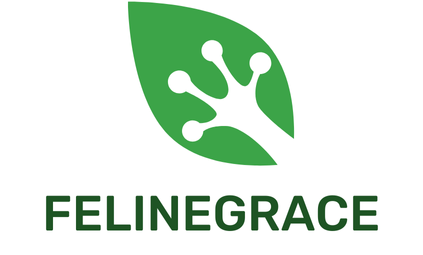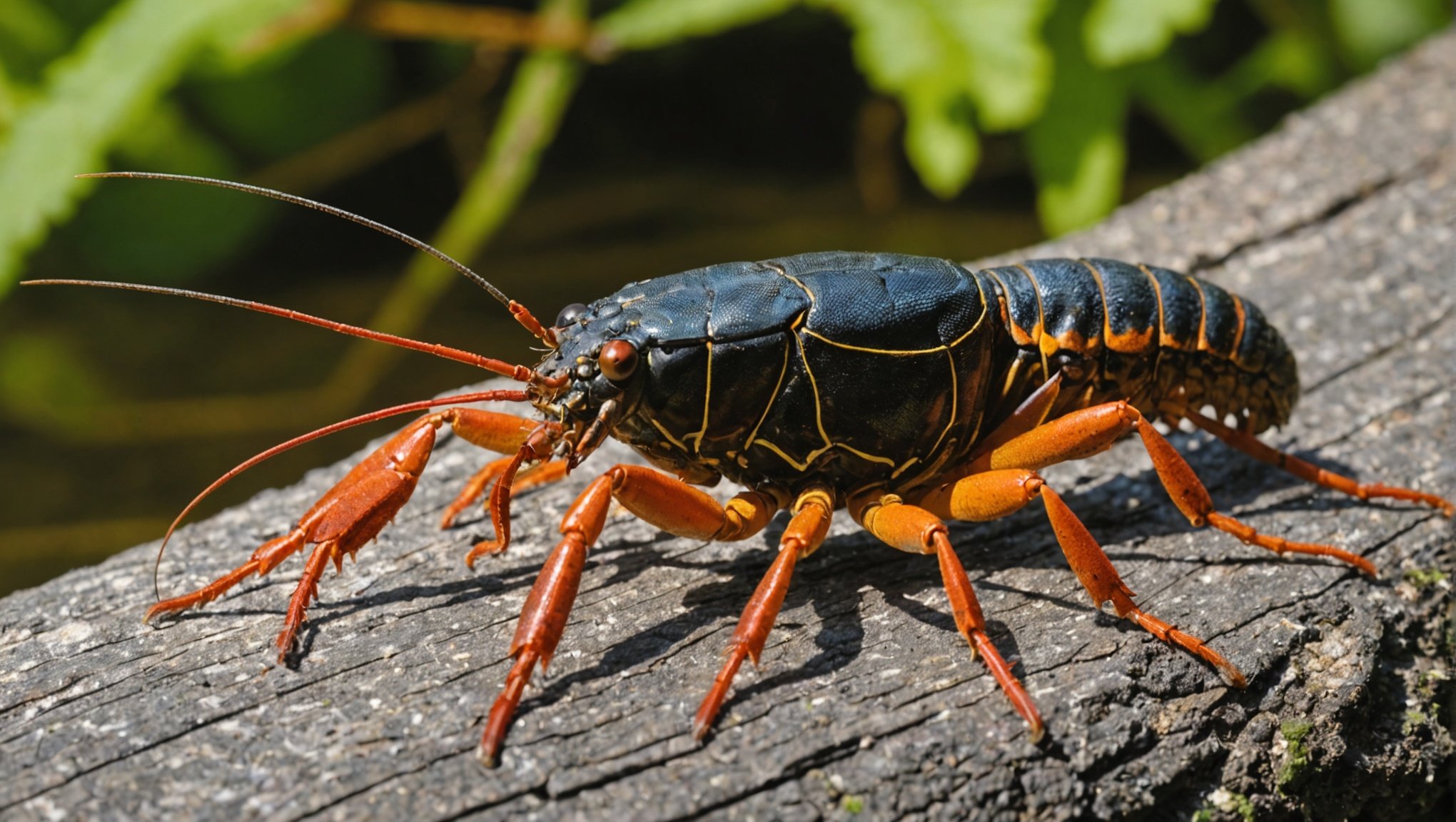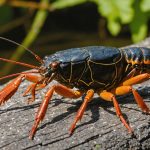When it comes to the conservation of biodiversity in freshwater ecosystems, few species command as much attention as the crayfish. The UK is home to one native species of crayfish – the white-clawed crayfish. This species plays a vital role in keeping the water clean by feeding on dead plants and animals. However, they’re under threat from invasive species, habitat destruction, and disease. For those who value our waterways and the species that inhabit them, the question is: what are the challenges in conserving UK’s native crayfish populations, and how can the public help?
Understanding the Challenges
The first step in any conservation effort is understanding the challenges at hand. For the white-clawed crayfish, the issues are myriad. Informed by a wealth of knowledge from scholarly articles and university studies, we can identify three main threats: invasive species, habitat destruction, and disease.
Sujet a lire : Recognizing Dehydration in Cats: Effective Methods for Rehydration You Need to Know
Invasive species pose a significant risk. The signal crayfish, native to North America, was introduced to the UK in the 1970s for aquaculture. However, it soon escaped into the wild and began outcompeting the native white-clawed crayfish for resources. In addition, the signal crayfish carries a disease known as crayfish plague, which is deadly to the white-clawed crayfish.
While invasive species are a major concern, habitat destruction is equally problematic. Many crayfish populations are found in freshwater bodies, which are often the first areas to be affected by human activity. Construction work, water pollution, and river modifications all contribute to habitat loss, leaving the crayfish with nowhere to go.
A voir aussi : Mastering Scent Work: A Guide to Training Your Papillon for Competitive Success
Finally, there’s the issue of disease. Crayfish plague, carried by the signal crayfish, is a particularly potent threat. This fungal disease can wipe out entire populations of white-clawed crayfish, leaving no survivors.
Utilising Technological Platforms for Knowledge Dissemination
To successfully conserve the native crayfish, it’s imperative that this knowledge isn’t confined to university research papers and scholarly articles on Google Scholar or PubMed. It needs to find a wider audience. Platforms such as Google, Crossref, PubMed and university websites have a crucial role to play in disseminating this information to the public.
These platforms can provide a wealth of information about the threats to crayfish, potential conservation strategies, and what actions the public can take to help. For instance, Google Scholar can be used to access peer-reviewed publications on crayfish conservation, while university websites often have resources and guidelines on how to protect local wildlife.
Engaging the Public in Conservation Efforts
The scientific community can’t do it alone. The public’s involvement is crucial in preserving the native crayfish populations. The public’s love for their local waterways can be harnessed into positive action for conservation when they are equipped with the right knowledge.
Respondents to a survey on wildlife conservation conducted by a reputable university noted that they were more likely to engage in conservation activities if they understood the impact of their actions on local species. By making information about crayfish conservation readily available, and by promoting actions that individuals can take to protect crayfish habitats, we can engage a wider range of respondents in conservation efforts.
These actions can be as simple as reporting sightings of invasive species, or avoiding activity that could disturb crayfish habitats. Many conservation groups also run volunteer programs, enabling members of the public to take a more hands-on role in protecting their local crayfish populations.
Government Policies and Regulations
Government has a pivotal role to play in controlling invasive species and preserving freshwater habitats. Policies and regulations need to be put in place to prevent the introduction of invasive species, protect crayfish habitats, and manage the risk of disease.
This could involve measures such as banning the importation of non-native crayfish, implementing stricter controls on construction near water bodies, or investing in research to find a cure for crayfish plague. By drawing on the expertise of scientists and conservationists, government can develop effective policies that address the challenges facing the native crayfish populations.
In conclusion, the conservation of the white-clawed crayfish in the UK is a complex issue that requires the involvement of multiple stakeholders. By understanding the challenges, disseminating knowledge through accessible platforms, engaging the public in conservation efforts, and implementing effective government policies, we can work towards a future where these fascinating creatures continue to play their essential role in our freshwater ecosystems.
The Role of Technological Platforms in Promoting Crayfish Conservation
Technology and digital platforms can play a key role in conservation efforts for the UK’s native crayfish populations. Knowledge dissemination through accessible platforms like Google Scholar, university websites, and even social media can raise awareness about the threats that white-clawed crayfish face and provide meaningful ways for the public to assist in conservation efforts.
Platforms such as Google Scholar offer free access to a myriad of peer-reviewed articles that shed light on the numerous challenges white-clawed crayfish face. Scholarly articles that delve into topics, such as the destructive impact of invasive species like signal crayfish and the devastating crayfish plague, can be easily found on Google Scholar. This access to research can help in making informed decisions on effective conservation strategies and practices.
University websites too are a reserve of vital information. Many universities conduct research on native species and their conservation, and often publicise their findings on their websites. Universities may also run awareness campaigns, provide educational resources, and suggest ways to protect local wildlife, including crayfish.
Additionally, social media platforms can be a significant tool in reaching a wider audience. Relevant information and updates shared on these platforms can be shared and spread rapidly, making it a potent tool for raising awareness and engaging people in the cause.
The Crucial Role of the Public and Government in Crayfish Conservation
Public involvement and government regulations are two vital components in the conservation puzzle. The local people’s love and concern for their waterways can be mobilised to safeguard the white-clawed crayfish.
Public involvement can range from simple actions such as reporting sightings of invasive species or avoiding activities that might disrupt crayfish habitats, to more active participation like volunteering in local conservation groups. For instance, during the months of April through November, volunteers can join local clean-up events to protect the crayfish’s habitat.
On the other hand, the government’s role is fundamental in putting in place policies and regulations that protect the clawed crayfish and their habitats. This could involve measures like banning the importation of non-native crayfish, implementing stringent controls on construction near freshwater bodies, and investing in research to combat the crayfish plague.
By working together, the public, and the government can create a harmonious environment where the native crayfish can thrive.
Conclusion
The white-clawed crayfish, a key component of the UK’s freshwater ecosystems, is facing numerous challenges that threaten its existence. Understanding these challenges is crucial but equally important is the dissemination of this knowledge to a wider audience. Technological platforms such as Google Scholar and university websites play a vital role in this regard.
The public’s passion for local waterways can be channelled into positive conservation actions. Moreover, government policies and regulations are crucial in setting up and maintaining protected areas and in controlling the spread of invasive species. By working collectively, we can ensure the survival and prosperity of the native crayfish, safeguarding our freshwater ecosystems for generations to come.
















